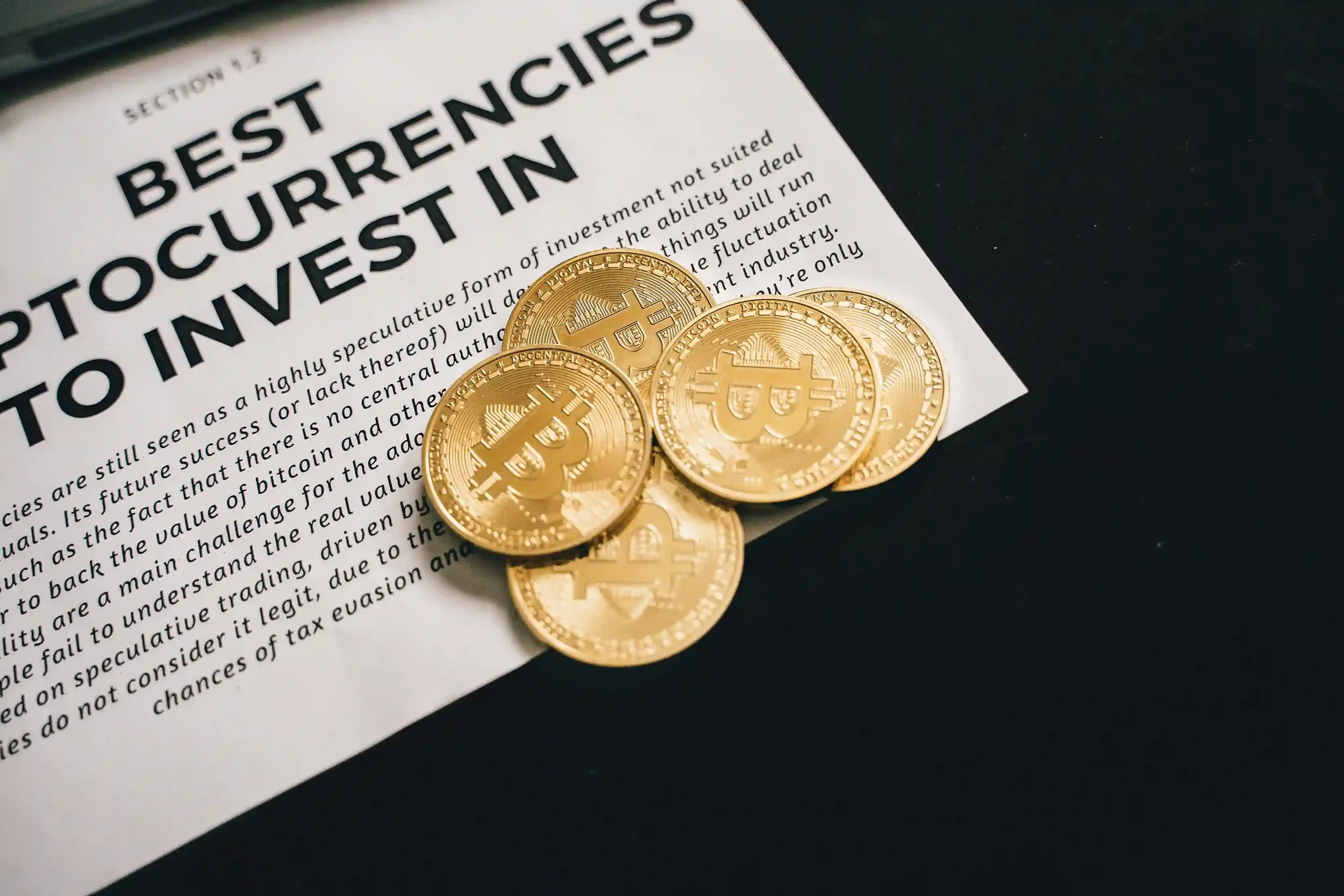Crypto & the Future of Money
The new frontier — money in the digital world.
Simplify complex ideas like cryptocurrency, blockchain, and digital security responsibly, helping students understand the opportunities and risks of the evolving digital economy.
Enrolled Students: 629
Course Level: Beginner
Lessons: 4
Language: English
Subtitle: English
Additional Resources:
Case study, worksheet templates, sample answers
Duration: 2h 30m
Certificate: Upon completion of the course
Course Table of Content
-
Explain crypto as digital money that exists online, like Bitcoin and Ethereum.
Compare Bitcoin to “digital gold” (store of value) and Ethereum to “digital contracts” (useful for applications).
Discuss how crypto can be sent globally without banks.
Clarify that crypto is not play money, but also not risk-free.
-
Describe blockchain as a public digital ledger that records every transaction securely.
Visualise it as “digital Lego blocks” - once added, blocks can’t be changed.
Highlight how blockchain ensures trust without a middleman.
Discuss real-world uses - from payments to smart contracts to NFTs.
-
Explore why crypto prices rise and fall based on demand, news, and belief.
Distinguish real utility (using crypto for payments) vs speculation (buying only for price gains).
Teach risk awareness and importance of research, patience, and caution.
Emphasise the principle: “Don’t invest in what you don’t understand.”
-
Introduce government-backed digital money, like India’s Digital Rupee.
Compare CBDCs to cryptocurrencies — stable, regulated, and government-issued.
Discuss how CBDCs could change how we pay, save, and transfer money.
Explore global examples: China’s e-CNY, Europe’s Digital Euro, etc.
-
Students design their own crypto coin concept — including its purpose, name, and logo.
Explain what problem it solves and how people would use it.
Share ideas in small groups and pitch to the class like a mini blockchain startup.
Emphasise creativity and practical thinking over technical complexity.
-
Complete a Crypto Basics Quiz covering blockchain, crypto uses, and CBDCs. Write a short reflection: “Would you invest in crypto in the future? Why or why not?” Create a risk checklist — what to verify before investing in any digital asset.
Optional project: Present their “crypto coin” idea, explaining its function and safety considerations.
This section will unlock after completion of the course.
Assignment
Spend 1–2 hours during the week exploring articles or videos on cryptocurrency and digital currency. Compare crypto and CBDCs in a short chart — noting benefits, risks, and future potential.
Reflect on one question: “How might money change when everything becomes digital?”
Prerequisites
Students should have a basic understanding of digital money and online banking (covered in earlier sessions like “Banks, UPI & Digital Money”).
Curiosity about technology, economics, or innovation helps — no prior technical knowledge required.
Materials
Students will need: A notebook or tablet for research and concept sketches, Access to the internet for educational crypto visuals and government resources, Template sheets for the “Create Your Own Coin” project, Optional creative tools like Canva or drawing materials for coin design.
All quizzes, worksheets, and case study materials will be provided to ensure a responsible, curiosity-driven introduction to the digital future of money.
What Our Learners Say
“I used to think crypto was just for rich people or hackers. This course actually explained it in a way that made sense and showed the real risks too.”
“The blockchain lessons were surprisingly fun. Seeing how transactions are like digital Lego blocks really helped me understand why crypto can be safe.”
“Creating my own coin in the class activity was the best part! It made me think about how money could work differently in the future.”
“I didn’t know about CBDCs before. Learning how government-backed digital money works gave me a better idea of the difference between stable money and risky crypto.”
Need a Little Extra Clarity?
Our team is just a message away. Browse the FAQs first, or reach out directly — we love hearing from you.

